The robberies of payment cards are becoming increasingly common, making Brazil one of the most affected countries.
Criminals use malware to obtain sensitive information that is sold on dark web.
This article explains how these thefts happen, how to detect the presence of malware and, most importantly, how protect your information against these cyber attacks.
Follow along to learn what to do if your data is compromised.
Browse the content
Brazil and Payment Card Theft: How to Protect Yourself
Brazil occupies the second position in the world in terms of payment card theft, according to research by NordVPN.
More than 600 thousand cards were committed globally, with more than 39 thousand from Brazil. This article provides a detailed look at how these thefts occur and how to protect yourself.
How Do Data Thefts Happen?
Data theft usually starts with malware installation.
These malicious software are designed to exploit vulnerabilities in devices and networks.
They can be installed in a number of ways, such as through infected files in spam messages.
Common Sources of Malware
-
- Phishing emails
-
- Misleading advertisements
-
- Public USB ports compromised
-
- Social engineering
Identifying the Presence of Malware
To find out if malware has been installed on your device, look out for changes such as:
-
- Slow performance
-
- Unexpected pop-ups
-
- Unknown programs
What to do if you realize your data has been stolen?
If you suspect your data has been compromised, follow these steps:
-
- Inform your bank and block the card.
-
- Isolate and remove malware from the infected device.
-
- Reset the device to factory settings if necessary.
How to Protect Yourself Against Malware?
There are several strategies to protect your devices from malware:
1. Identify Phishing
Be suspicious of emails that offer too tempting offers. Always check the veracity of the information.
2. Use Strong Passwords
Opt for passwords long, complex and unique. Avoid number sequences and anniversary dates.
3. Multi-factor authentication
The configuration of a multifactor authentication adds an extra layer of security to accounts.
4. Avoid Suspicious Downloads
Be careful when downloading files attached to unknown emails.
5. Application Update
Keep the applications updated to prevent malware from installing itself.
6. Use an Anti-malware
Use anti-malware systems to block dangerous websites and scan files while downloading.
The Dark Web and the Sale of Stolen Data
A dark web is an anonymous network that hosts websites that sell stolen data.
Subscription-based malware tools are available for relatively low prices, allowing individuals with little technical knowledge to carry out large-scale information thefts.
Stolen Card Statistics
According to the research, the most stolen cards are from Visa (54%) and MasterCard (33%).
Visa reported that it invested more than US$ 10 billion globally over the past five years to strengthen security and reduce fraud.
Conclusion
Protecting yourself against data theft is essential. Take security measures such as using strong passwords, multi-factor authentication, and keeping your apps up to date.
Be on the lookout for signs of malware and notify your bank immediately if you suspect your data has been compromised.
For more information about technology and security, check out our other articles, such as apps to watch movies on your cell phone It is educational apps.
Sources
-
- NordVPN
-
- Visa
Common questions
What is the dark web and why is it dangerous?
The dark web is a part of the internet that is not indexed by search engines. Hackers sell stolen data there.
How do I know if my device has been infected with malware?
If your computer is running slowly, has strange pop-ups, or unfamiliar programs, it could be a sign of malware.
What should I do if I realize my data has been stolen?
First, notify your bank and cancel the card. Then, remove the malware from your device.
How can I protect myself against malware?
Use strong passwords, update your apps, avoid suspicious downloads and use a good anti-malware.
Which card brands are most targeted by hackers?
Visa and Mastercard are the most targeted, with Visa accounting for 54% of the stolen cards.







